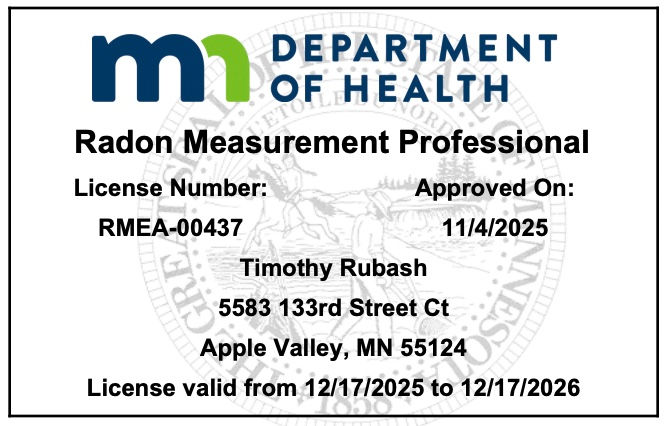Shoveling Snow Safely
- timrubash
- Nov 30, 2023
- 3 min read
Updated: Jun 6
Snowfall transforms the world into a winter wonderland, but it also brings the responsibility of clearing driveways if you are a homeowner. Shoveling snow can be a daunting task, but with the right approach, you can efficiently remove it while prioritizing safety.
Firstly, dress appropriately for the chilly endeavor. Opt for layered clothing to stay warm, waterproof boots with good traction to prevent slipping, and don’t forget a hat and gloves. Protecting yourself from the cold is crucial to ensure a comfortable and safe experience.
Before starting, consider sprinkling some ice melt or sand on your driveway to reduce slippery surfaces. This provides better traction and minimizes the risk of accidents during the snow removal process.
When selecting a shovel, choose one with an ergonomic design to reduce strain on your back. Remember to lift with your legs, not your back, to avoid injuries. Push the snow whenever possible, and if lifting is necessary, keep the shovel close to your body, bend your knees, and lift with your legs. Most snow shovels fall into one of three categories, based on the end of the shovel, also known as the shovel blade. The type and volume of snow is important when choosing your tool for the job.
Pusher shovels are best for clearing light, fluffy snow from large areas quickly. Scoop shovels are better for heavier, wetter snow.
Scoop/Traditional When you picture a snow shovel in your head, you’re probably thinking about a “scoop” shovel, which has a slightly curved blade that makes it easy to scoop and lift snow. Though they can get the job done, I recommend the more modern combination design as your go-to, as it’s more versatile.
Push shovels As the name implies, push shovels are designed for pushing snow out of the way, rather than lifting and piling up. They tend to have short, wide blades that allow you to "plow" snow to edges of a driveway or out into the street.
Combination The “combination” snow shovel is a modern, best-of-both-worlds design. It has a deeper, curved shovel blade that you can use to both push and scoop large quantities of snow effectively. (Though it will not push as well as a dedicated push shovel.)
Take regular breaks to prevent overexertion. Shoveling snow is a strenuous activity, and pacing yourself will help maintain energy levels and reduce the risk of fatigue-related accidents. The most snow may be at the end of the driveway after the snowplow has cleared the streets and deposited your half of the road in your driveway. This can be extremely heavy depending on the moisture content. There are many small companies that will clear out driveways for a nominal fee. I've seen the average around $50 for a typical suburban 2-car garage driveway (approximately 15 feet x 45 feet). It may average out to be less if you sign on for a season.
If you’re using a snowblower, familiarize yourself with its operation manual and follow safety guidelines. Keep hands and feet away from moving parts, and never attempt to unclog the machine while it’s running. Additionally, be cautious of the discharge chute’s direction to avoid injuring yourself or others.
Consider the environmental impact of snow removal. Pile snow away from drains to prevent ice buildup and potential flooding. Be mindful of neighbors and pedestrians, ensuring cleared pathways are safe and accessible.
By following these guidelines, you’ll not only maintain a clear driveway but also ensure a safe and enjoyable winter experience. Stay warm and stay safe!






Great information as always. Does West Egg offer snow removal? How much do you charge.